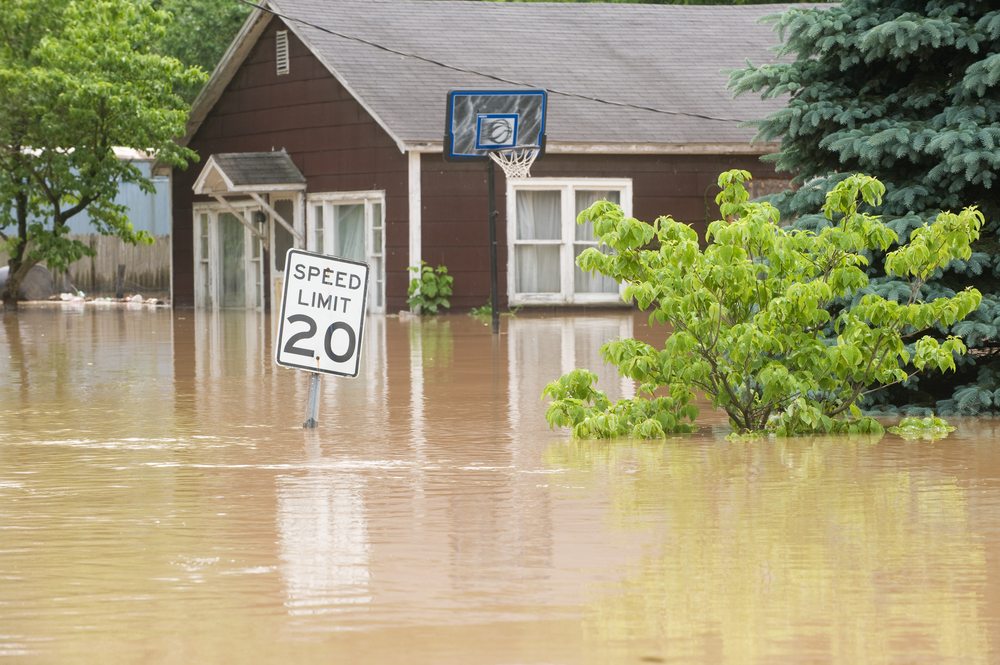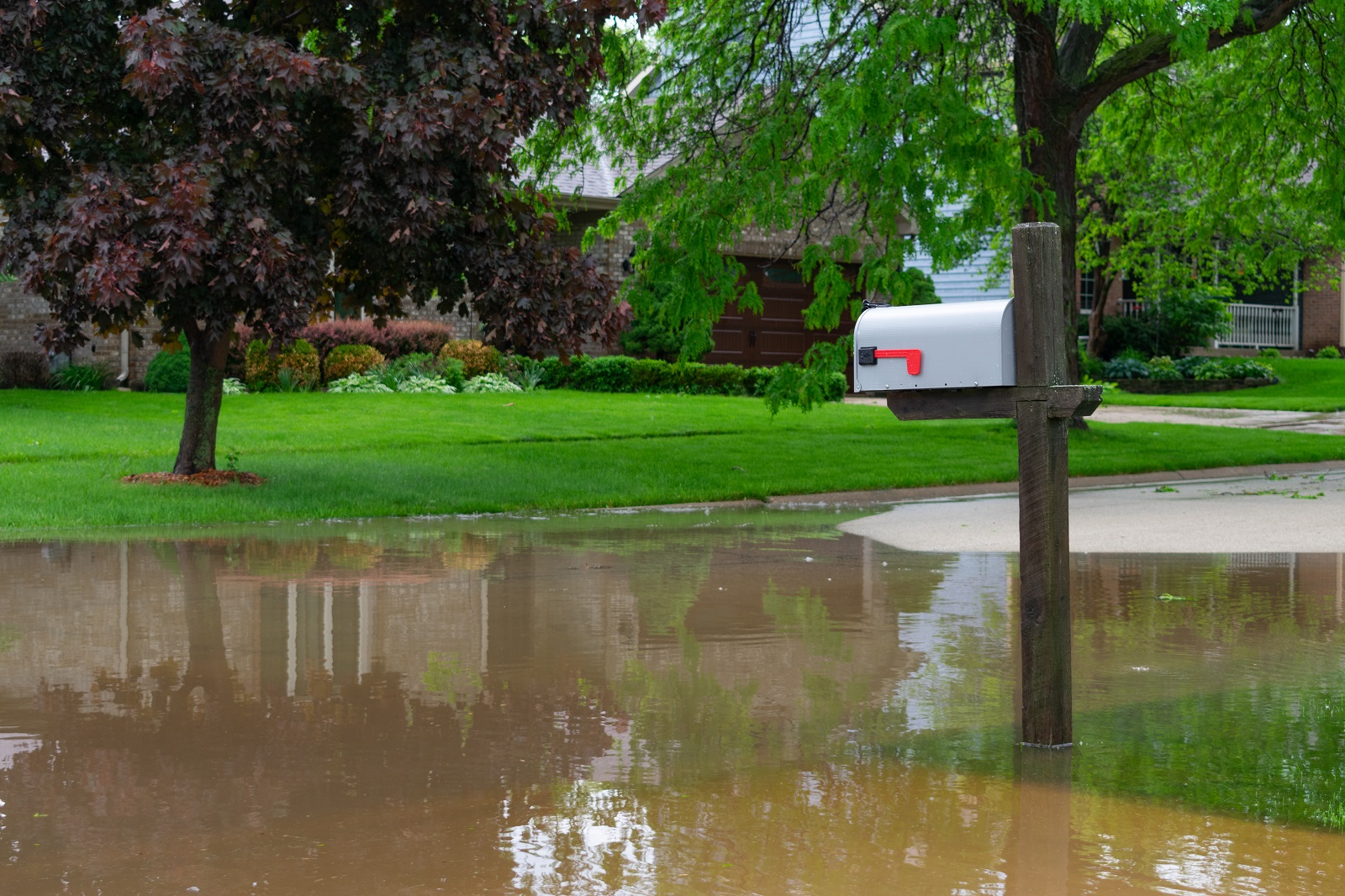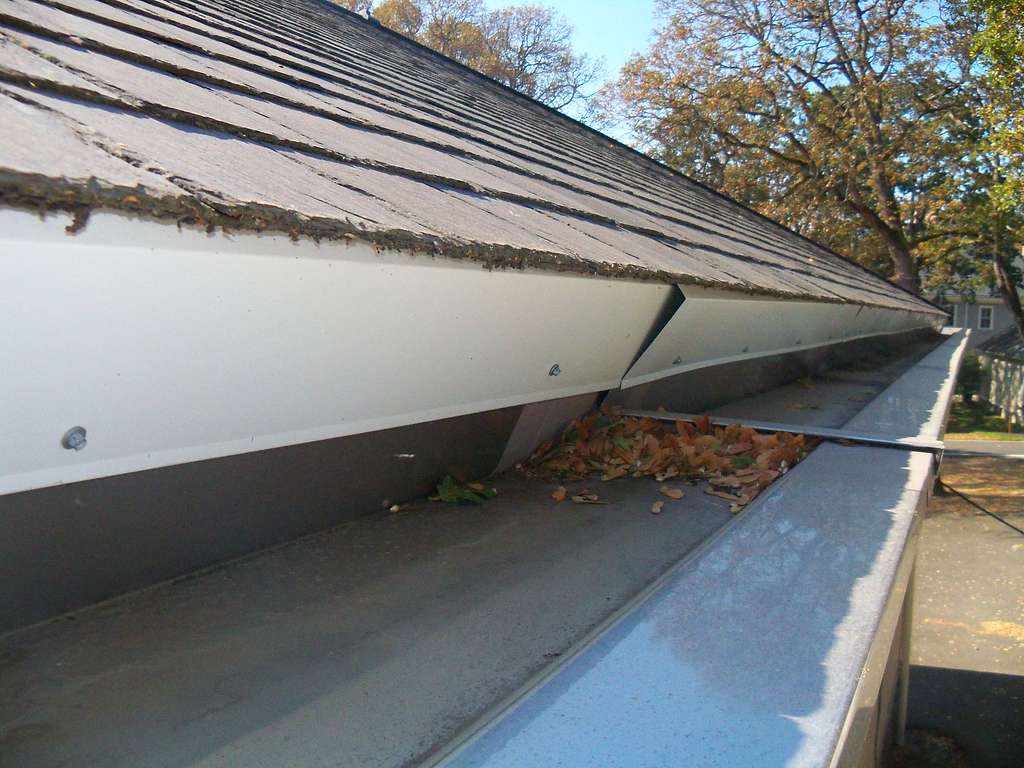Table of Contents

Floods can be devastating, especially for homeowners in Miami where heavy rains and hurricanes are common. Dealing with flood damage requires prompt action and thorough knowledge to mitigate long-term consequences. This guide will provide essential tips for Miami homeowners on how to effectively deal with flood situations.
Understanding the Risks
Miami’s geographic location makes it particularly vulnerable to flooding. With its flat terrain, high water table, and frequent tropical storms, understanding the risks is the first step in dealing with flood issues. Homeowners should be aware of their flood zone, which can be determined through FEMA‘s flood maps.
Preparation Before the Flood
Preparation is key to effectively dealing with flood situations. Here are some essential steps:
- Create an Emergency Plan: Ensure that all family members know what to do and where to go in case of a flood. Have an evacuation route and a communication plan.
- Purchase Flood Insurance: Standard homeowner’s insurance does not cover flood damage. Ensure you have a separate flood insurance policy.
- Protect Important Documents: Store essential documents like passports, birth certificates, and insurance papers in a waterproof container.
- Install Sump Pumps and Backflow Valves: These can help prevent water from entering your home through the basement or drains.
- Elevate Utilities: Raise electrical appliances, HVAC systems, and water heaters above potential flood levels.

During the Flood
When dealing with flood conditions, safety is paramount. Follow these guidelines:
- Stay Informed: Keep updated with local news and weather reports. Listen to evacuation orders from authorities.
- Turn Off Utilities: If flooding begins, turn off electricity, gas, and water to prevent further damage or hazardous situations.
- Evacuate Safely: If evacuation is necessary, leave as early as possible to avoid being trapped by flooded roads.
- Avoid Floodwaters: Never walk or drive through floodwaters. Just six inches of moving water can knock you down, and one foot can sweep your vehicle away.
After the Flood
Dealing with flood aftermath involves several critical steps to ensure safety and proper recovery:
- Return Home Safely: Only return home once authorities have declared it safe. Be cautious of potential structural damage.
- Document the Damage: Take photos and videos of all damage for insurance claims. This is a crucial step in dealing with flood-related financial recovery.
- Clean and Disinfect: Remove standing water as quickly as possible. Clean and disinfect all affected areas to prevent mold growth and bacterial contamination.
- Hire Professionals: For significant damage, dealing with flood restoration should be left to professionals. They have the expertise and equipment to handle severe situations effectively.
- Prevent Mold: Mold can develop within 24-48 hours. Use dehumidifiers and proper ventilation to dry out the property. Consider hiring mold remediation specialists if necessary.
Long-Term Prevention
Implementing long-term prevention strategies is essential in dealing with flood risks:
- Landscape Wisely: Use landscaping techniques to direct water away from your home. Consider installing rain gardens or using permeable materials for driveways and walkways.
- Install Flood Barriers: Use sandbags or commercial flood barriers to protect entry points during heavy rains.
- Maintain Gutters and Drains: Regularly clean gutters and downspouts to ensure proper drainage.
- Waterproof Basements: Seal walls and floors to prevent water seepage.
- Elevate Structures: If you’re in a high-risk area, consider elevating your home to reduce flood damage risk.
Conclusion
Dealing with flood situations requires preparation, quick action, and thorough recovery efforts. By following these essential tips, Miami homeowners can better protect their properties and ensure their safety during flood events. Remember, the key to effectively dealing with floods is to stay informed, prepared, and proactive in your prevention and recovery efforts.
For water damage restoration in Miami, Coral Gables or in any part of South Florida, call us on +1 305 894-4343. We are quick, ethical, professional and compassionate.
1. What should I do immediately after a flood hits my home?
Your first priority should be safety. Ensure everyone in your home is safe and evacuate if necessary. Once it’s safe to return, turn off the power and gas supply to avoid electrical hazards. Document any visible damage with photos or videos for insurance purposes.
2. How can I prevent further damage after a flood?
Begin by removing standing water as quickly as possible. Use pumps, wet vacuums, or even buckets. Dry out the affected area with fans and dehumidifiers. Protect your home from potential mold growth by removing wet materials like carpets and drywall.
3. When should I contact my insurance company?
Contact your insurance company as soon as possible after a flood. Provide them with documentation of the damage, including photos and an inventory of damaged items. They will guide you through the claims process and help you understand your coverage.
4. Is it safe to stay in my home after a flood?
It depends on the extent of the damage. If your home has structural damage, electrical hazards, or contaminated water, it may not be safe to stay. Consult with a professional to assess the situation.
5. How do I prevent mold growth after a flood?
Mold can start growing within 24-48 hours after a flood. Remove standing water, dry out affected areas quickly, and use dehumidifiers to reduce moisture. It’s also crucial to remove wet materials like carpets, furniture, and drywall.
6. Should I hire a professional for flood cleanup?
While minor flooding might be manageable on your own, significant water damage often requires professional assistance. Flood cleanup professionals have the equipment and expertise to thoroughly dry your home, prevent mold growth, and restore your property.


